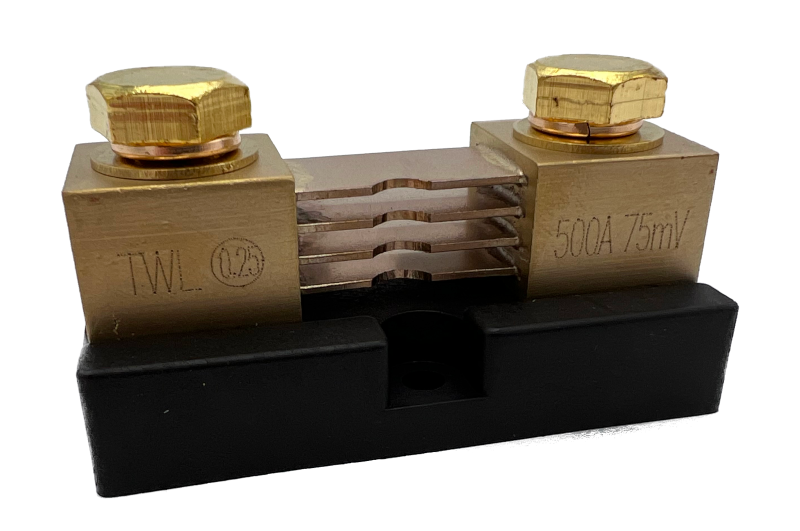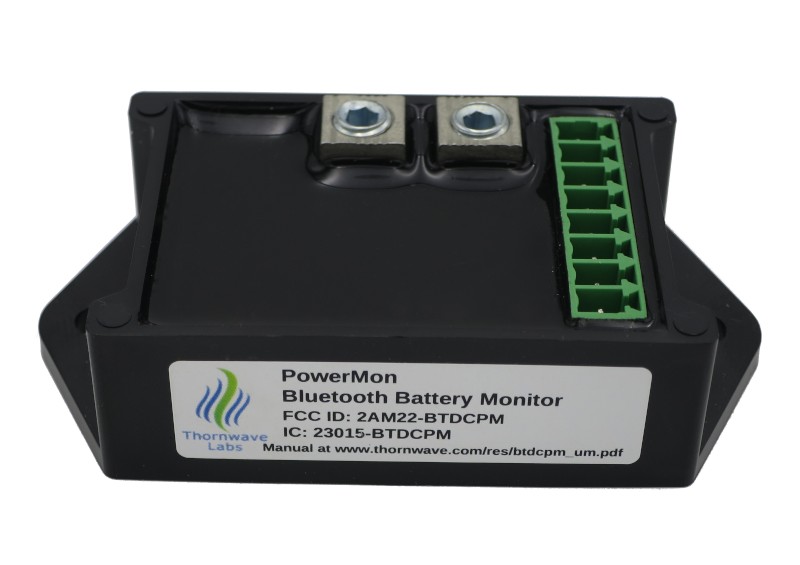You have recently acquired your first battery monitor and have been advised that a shunt is necessary. As you explore your options, you notice that shunts are rated by amperage: 100A, 250A, 500A, and so on. Observing that the prices for the 250A and 500A shunts are similar, you might be tempted to opt for the 500A model, assuming larger is better. This, however, is a misconception. Continue reading to gain a comprehensive understanding of shunts.
Understanding Shunts
Before delving into the specifics of what a shunt is, let's first clarify why a shunt is needed,
Your battery monitor must measure two electrical parameters to function correctly: the battery voltage and the current flowing into and out of the battery. While measuring voltage is straightforward, involving analog circuitry and a microcontroller with an ADC input, measuring current is more complex. This is achieved by measuring the effects of current flow.
When current flows through an electrical conductor, it encounters electrical resistance. All materials exhibit some resistance, whether it be a wire, a piece of metal, or a resistor. A resistor, an electronic component with a calibrated resistance, is termed a shunt when used to measure current. Shunts are specifically designed to handle large currents, ranging from tens to thousands of amperes. By the way, the unit of measurement for electrical current, amperes (A), honors André-Marie Ampère, a pioneering French mathematician and physicist in electromagnetism.
According to Ohm's Law, the voltage across a resistor is the product of the current through it and its resistance in ohms. Thus, by passing current through a calibrated resistor and measuring the voltage drop, current can be accurately measured.
An alternative method involves measuring the magnetic field strength generated by the current flow, using Hall sensors. While functional, Hall sensors are less accurate.
Selecting a Shunt
Shunts are marked with two ratings: for instance, 500A / 75mV indicates a shunt rated for up to 500A with a voltage drop of 75mV at full current. This provides the shunt’s resistance, calculated using Ohm's Law: R = V / I. For a 500A / 75mV shunt, the resistance is 0.075V / 500A = 0.15 milli-Ohms.
Criteria for Shunt Selection
Current Rating: The shunt must be rated for at least the maximum expected current in your system. If your system's maximum current is 400A, opt for a 500A shunt, incorporating a minimum safety margin of 10-20%.
Voltage Drop: Efficiency demands a low voltage drop to minimize power wastage (converted to heat) across the shunt. However, a lower voltage drop also means lower measurement resolution and increased susceptibility to electrical noise. For example, a 500A / 10mV shunt results in only a 10mV drop at 500A, 1mV at 50A or 20uV at 1A. Measuring only 20µV is becoming a challenge if low noise interference and high resolution are expected.
For optimal performance, select a shunt that balances current rating and voltage drop. A 250A / 75mV shunt at 200A results in a 60mV drop, providing higher resolution and more accurate readings than a 500A / 75mV shunt, which would only yield a 30mV drop at the same current.
Preferred Shunt Specifications
Most shunts are rated at 50mV, 75mV, or 100mV. At Thornwave Labs, we recommend 75mV shunts as they offer a balanced compromise between voltage drop and accuracy. Our PowerMon battery monitors are equipped with advanced differential amplifiers that ensure precise and low-noise measurements of minimal voltage drops. While compatible with 50mV shunts, we believe the 75mV shunts deliver optimal performance. The final decision remains with you, based on your specific requirements.



Leave a comment
This site is protected by hCaptcha and the hCaptcha Privacy Policy and Terms of Service apply.